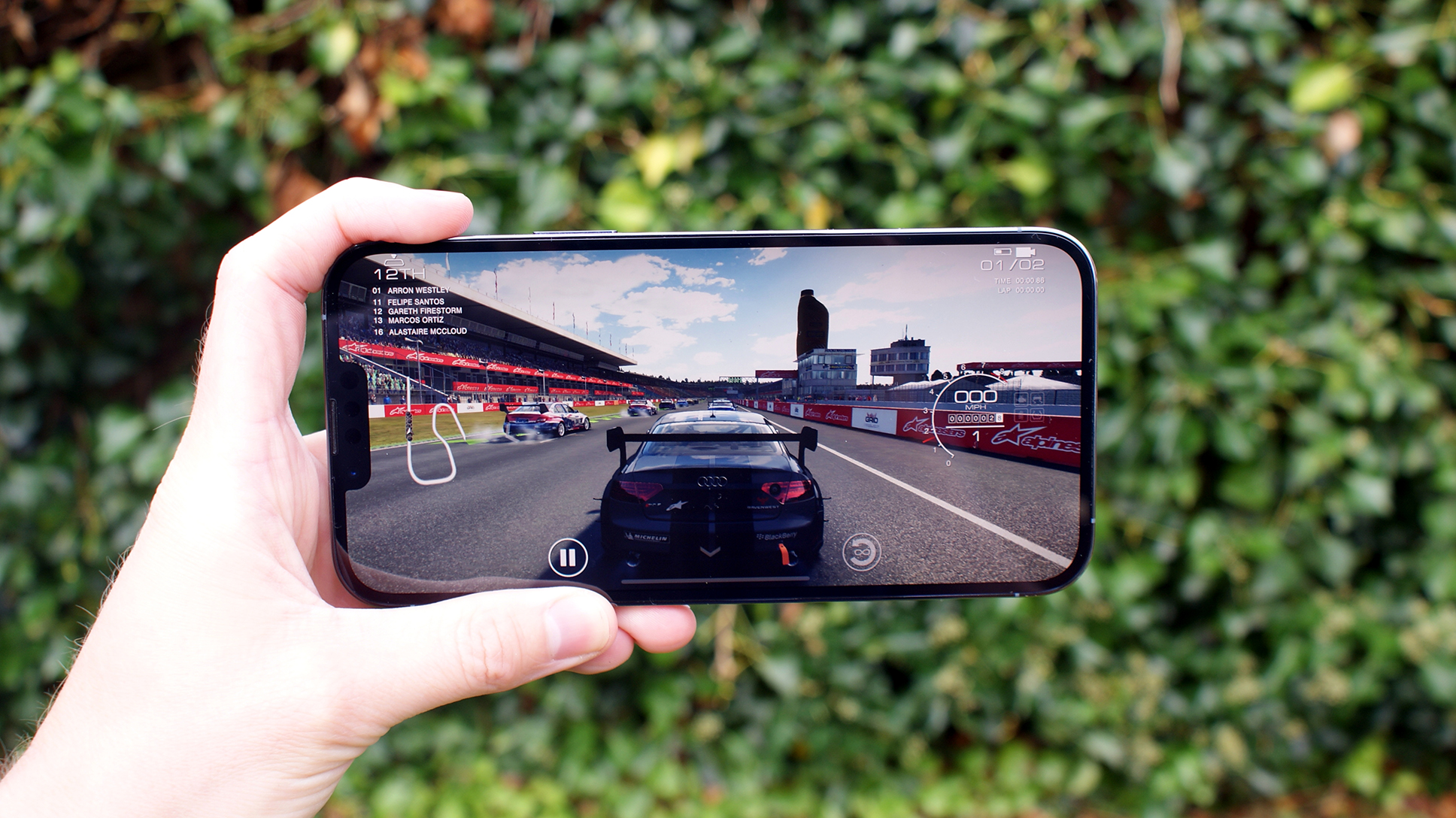Yet another iPhone 14 Pro upgrade has leaked
It's sounding like the superior phone

We've been hearing plenty of rumors about how the iPhone 14 will be inferior to its Pro and Pro Max siblings - more so than last year - and a new leak has told us yet another way that Apple might be differentiating its phones.
This comes from Korean site The Elec, from which we often hear supply chain information about devices. This time, the website has provided information on the screens we can expect in the four anticipated iPhone 14 models.
As previous leaks have suggested, the iPhone 14 and iPhone 14 Pro are expected to have 6.1-inch displays, while the 14 Max and 14 Pro Max are set to get 6.7-inch ones. However what's really interesting - and what the headline to this article refers to - is the tech used in those screens.
The two lower-tier iPhones - that's the 14 and 14 Max - are set to use LTPS tech, while the top-end Pro devices are slated to get LTPO.
What's the difference? Well, LTPO is a lot better for variable refresh rates - that means it's quicker and more efficient when gliding between 1Hz, if you're reading an e-book, to 24Hz if you're watching a movie, to 60Hz or even 120Hz if you're doing other tasks.
High refresh rate phone screens are known to burn through battery quickly, and LTPO is much more power efficient, ensuring battery life will last for longer. So the iPhone 14 Pro and Pro Max could go longer without charges than their same-size equivalents.
Analysis: saving costs
While we've heard loads of ways that the iPhone 14 will be beaten by its non-Pro sibling, including the front camera design, rear camera resolution, number of camera lenses and worse chipset, The Elec provides a clear reason why.
Get daily insight, inspiration and deals in your inbox
Sign up for breaking news, reviews, opinion, top tech deals, and more.
It refers to the use of LTPS screens as a means to save costs on the new phones. Apple can spend less money making its devices, and therefore turn more of a profit.
Well, that's not entirely fair - production costs are getting higher in most industries around the world, so it's possible that Apple is just looking to prevent losses, rather than make more money.
But either way, it means the consumer is getting less bang for their buck on these new phones, which obviously isn't a good thing. Maybe our list of the best phones won't be challenged by Apple this year.

Tom Bedford joined TechRadar in early 2019 as a staff writer, and left the team as deputy phones editor in late 2022 to work for entertainment site (and TR sister-site) What To Watch. He continues to contribute on a freelance basis for several sections including phones, audio and fitness.